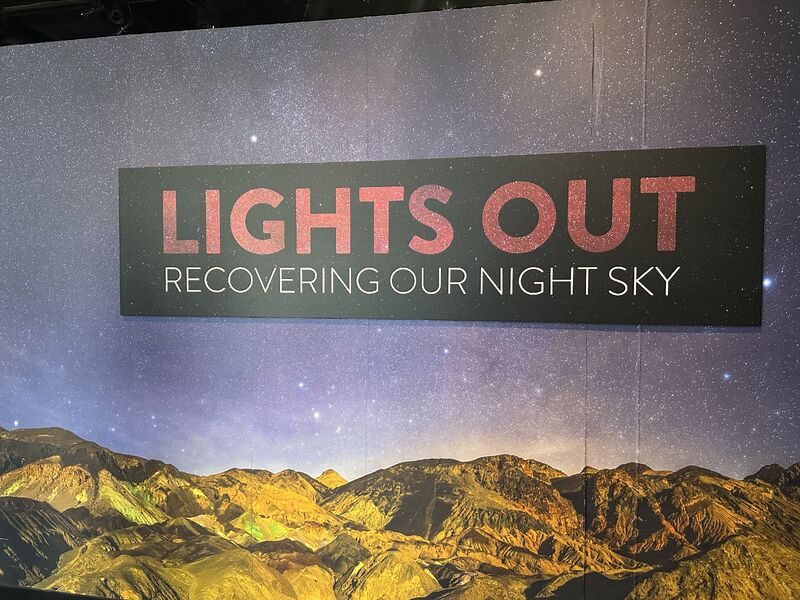By Professor Tiffany Banks On Tuesday, September 30th , students from my COMM 108: Foundations…
Our Spring 2021 seminar series ended with a wonderful afternoon prepared by curators and educators from the National Museum of the American Indian. One of the challenges of the Pandemic has been to adapt museum exhibitions and resources to an online, remote world. The afternoon began with an introduction to NMAI’s imagiNATIONS Activity Centers located at the museum’s sites on the mall in D.C. and in lower Manhattan in New York City, which provide opportunities for interactive, hands-on learning about Indigenous peoples of the Americas. These centers include activities designed for preschoolers through teens and, as we were quick to learn, can be adapted to a college popuation. With the closing of all museums the question became: how can we transform elements of these hands-on, immersive experiences that rely in part on holding and manipulating objects into a meaningful, interactive online experience. This was the challenge faced by Gaetana DeGennaro, Manager, Cultural Interpreter Program and Carrie Gonzales, Program Coordinator imagiNATIONS Activity Center New York and Adrienne Smith, imagiNATIONS Activity Center Coordinator and Ami Temarantz, Lead Cultural Interpreter at the D.C. museum and they spent the afternoon sharing just how they along with their colleagues, have faced this challenge.
As they worked to adapt to the Pandemic, they were guided by the same goals that are at the core of what they hope to do within each Center. They sought to continue to provide culturally and developmentally appropriate activities that help their guests understand that native peoples are diverse, contemporary and present. The Centers highlight a number of innovations that many do not realize have their roots in native cultures. This includes many medicines commonly found in our homes which have their roots in indigenous plants, bridge designs drawn from the suspension rope bridges of Peru, and sustainable architecture echoing the pueblos of the American Southwest and the igloos of the arctic. Through using text, various media and objects they work to counter stereotypes by learning about native communities from a native perspective. Fellows had an opportunity to engage in some of the online interactives they have begun using, and immediately saw ways to apply this same technology in their own classes. One of the unexpected pleasures of the afternoon was that two of our presenters were in their respective museums, and were able to provide a real time virtual tour of the imagiNATIONS Activity Centers. Additionally, online resources such as the “Americans Dialogue toolkit and, NK360 were shared with the Fellows.
The afternoon concluded with an overview of the “Youth in Action” programs, both past and planned, and an opportunity for questions and answers. The afternoon was rich and engaging, and ended our seminars on a positive note.





This Post Has 0 Comments